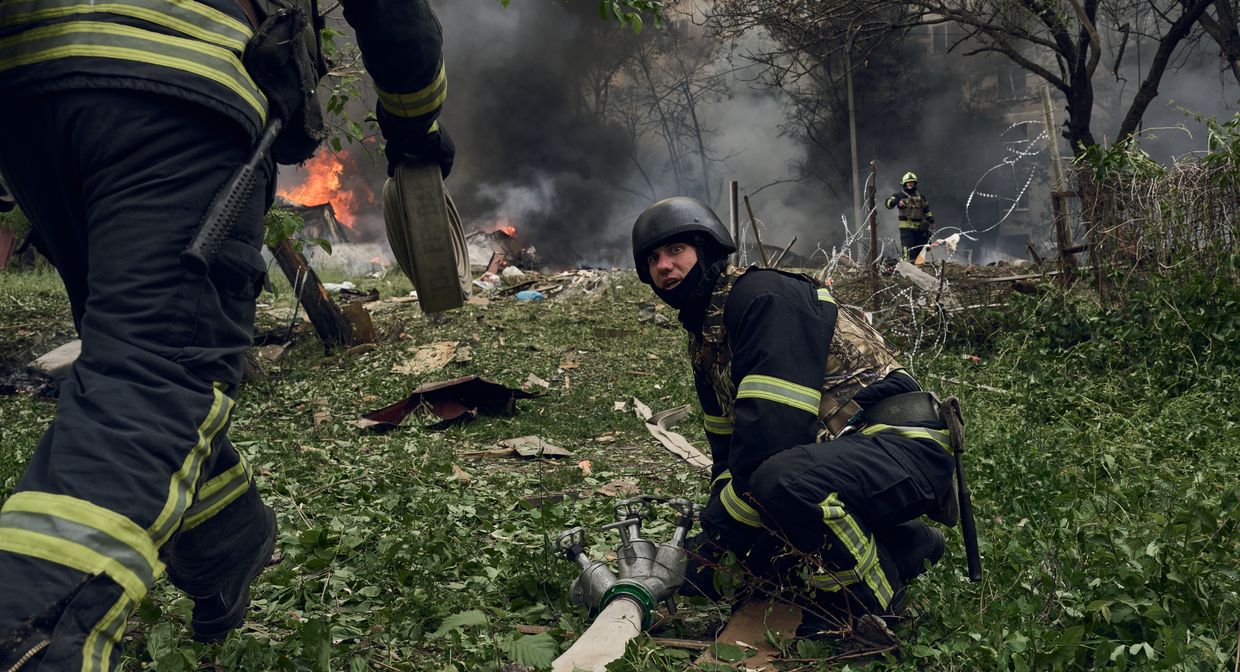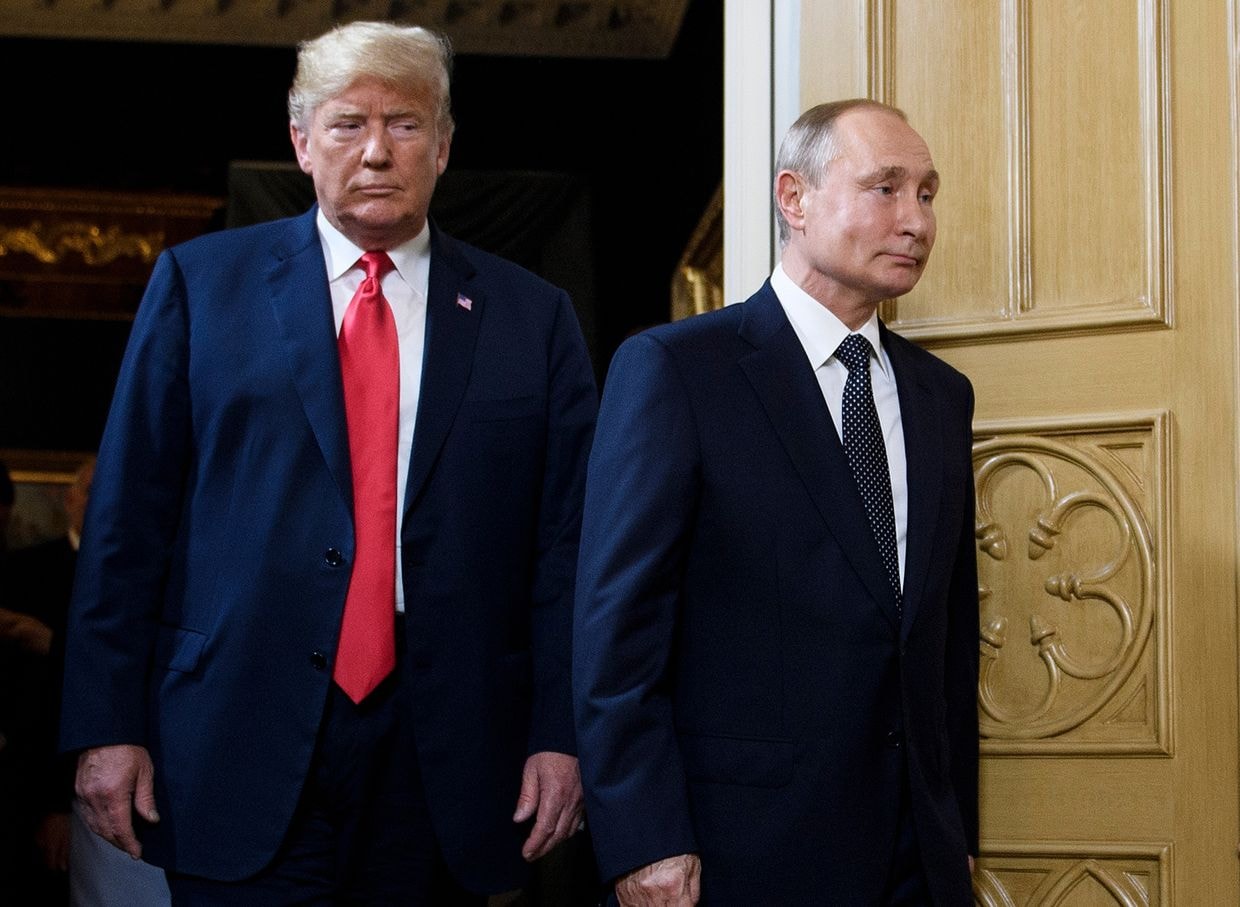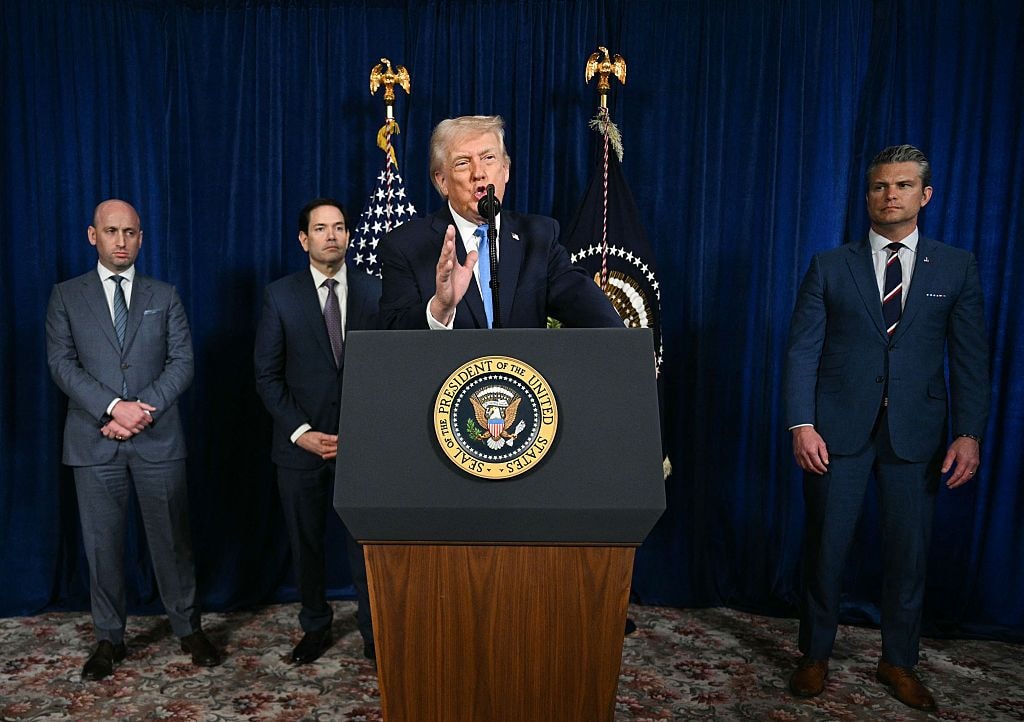Zelensky: No reports of artillery shortages for first time in full-scale war

For the first time since the launch of Russia's full-scale invasion, no Ukrainian brigades have reported a lack of artillery shells, President Volodymyr Zelensky told reporters on May 16.
"And this has been happening for the past two months," he said, but added: "Everyone still has a lot of work to do."
Over the winter months, Ukraine's Armed Forces suffered a critical shortage of artillery shells, in large part due to delays in U.S. military aid.
In January, Defense Minister Rustem Umerov said Ukraine was unable to fire more than 2,000 shells per day, around a third of Russia's average daily shell usage.
A Czech-led initiative to buy artillery shells for Ukraine identified 500,000 155 mm shells and 300,000 122 mm shells outside Europe that could be bought and sent to Ukraine after the necessary funds were allocated to the initiative.
Speaking on May 16, Zelensky said even before the initiative began, progress had been made on procuring artillery shells.
"For the first time during the war, none of the brigades complained that there were no artillery shells," he added.
Multiple countries, including Belgium, the Netherlands, Germany, Sweden, Canada, Poland, Denmark, and Slovenia, have since contributed funds to the Czech initiative, which may result in the delivery of 1.5 million rounds to Kyiv.
At the same time, Russia has already increased its military production capacity and is likely already able to produce 1 million shells a year, said Martin Herem, the commander of the Estonian Defense Forces, in January.
Herem added that intelligence suggests Russia has the capacity to produce "many times more."
Russia is also receiving new supplies of ammunition from abroad, with North Korea becoming Russia's largest arms supplier, according to Ukraine.
Defense Minister Rustem Umerov recently dismissed Brigadier General Serhii Baranov from his position as head of the Missile, Artillery, and Unmanned Aerial Vehicle (UAV) Forces.
The Missile, Artillery, and UAV Forces is a part of the Ukrainian Armed Forces that specializes in strategic planning and participation in combat operations with the use of missiles, howitzers, cannons, mortars, jet-propelled and anti-tank artillery, as well as drones.












